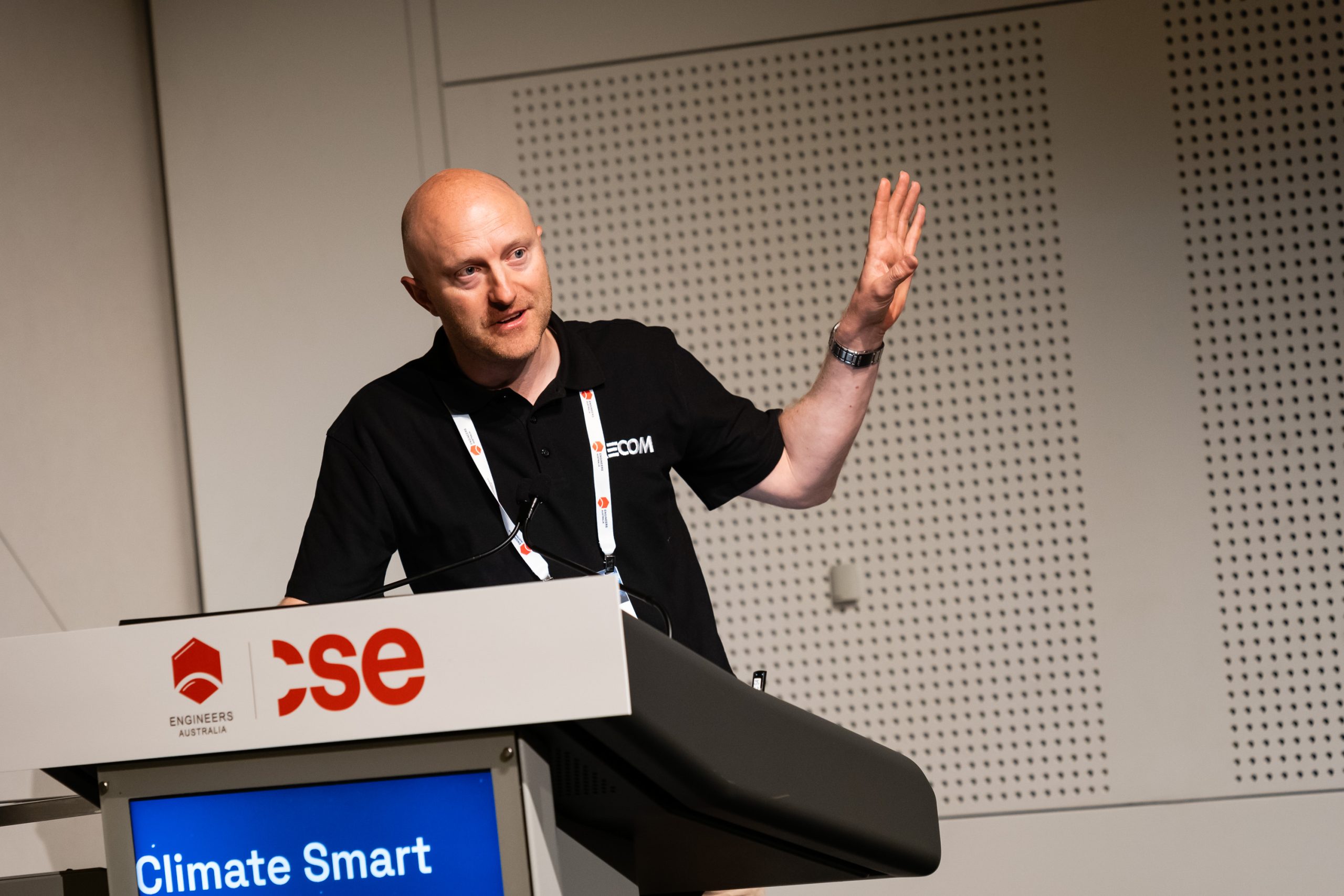A new office building constructed using mass timber represents a new way of thinking about sustainable infrastructure.
T3 Collingwood, located in the inner-city suburb of Collingwood in Melbourne, represents a new approach to sustainable infrastructure.
Built by Icon and developed by American investment firm Hines, T3 Collingwood is believed to be Melbourne’s tallest hybrid timber office building. Eight of its 15 storeys are entirely timber and the building site spans 2120 m2.
The building, which is aiming for a six-star Green Star rating and a 5.5-star NABERS Energy rating, showcases the opportunities associated with timber construction in Australia’s carbon reduction efforts.
T3 Collingwood is named for the ‘three-T’ philosophy Hines took to the project; the sustainable use of timber, transit and technology was prioritised to reduce carbon emissions.
It is designed to both accommodate for the needs of business tenants, and support social and environmental concerns by prioritising cycling and pedestrian spaces surrounding the building.
Designer with timber, for timber
Speaking at Engineers Australia’s Climate Smart Engineering (CSE23) conference in Melbourne — just one day after the completion party held on the building’s rooftop — Andrew Thompson, Associate Director and Sustainability Team Lead at AECOM, explained the rationale and engineering behind the project.
“[Working with] sustainable timber is something we’ve been doing for a very long time,” he said.
AECOM’s foray into mass timber began in apartment construction — including La Verde Apartments and McArthur Gardens — before branching out to larger residential and commercial projects — such as Monash University’s Gillies Hall and Ballarat GovHub.

Locally sourced timber and a design philosophy that maintains visual consistency in sizing and style are both showcased in T3 Collingwood, according to Thompson.
“When you’re [working with] timber, you really want to design for timber,” he said, adding that the engineering team did not wish to “shoehorn” the material into places it did not belong or had not been considered.
“This project had a huge sustainability focus from the start.”
AECOM spent a great deal of time making the design “repetitious” and “designing with the suppliers in mind” to limit the amount of bespoke work required.
The bottom levels and core of the building are concrete primarily for code and fire safety compliance, as is the top floor “for acoustics reasons”.
Final numbers are yet to be confirmed, but Thompson said the team estimates that 34 per cent of upfront carbon has been removed compared to the same building when designed with a conventional steel-reinforced concrete frame, primarily due to timber but also work done with the concrete.
This is significant, Thompson said, because it’s a challenge even to achieve a reduction of 20 per cent.
“If we were to stand here in two years’ time, I hope that statement would change,” he continued. “There’s a fantastic range of products coming along.”
Thompson, who has also been involved in the redevelopment of the Queen Victoria Market with the City of Melbourne, admitted the absence of a third-party to verify AECOM’s claim that T3 Collingwood is indeed Melbourne’s tallest hybrid timber office building — but in reality this may not be a huge concern.
“Hopefully we won’t hold that record for long,” he said. “Hopefully there’s going to be lots more coming through that will take that [higher].
“It’s [also] the only construction site that I’ve been to which smells great.”
Engineers Australia acknowledges the support of the Victorian State Government and Melbourne Convention Bureau in helping make this event happen.
Day 2 tickets for Climate Smart Engineering (CSE23) are still available.